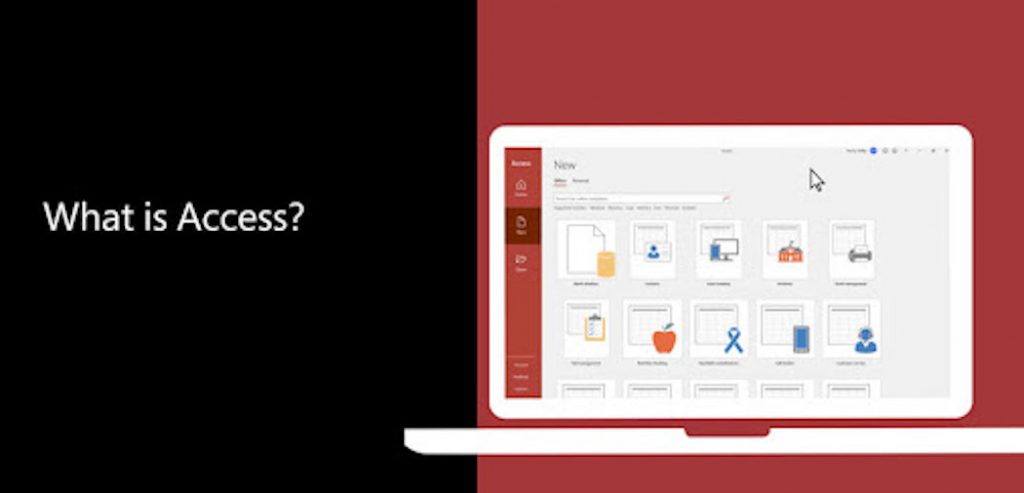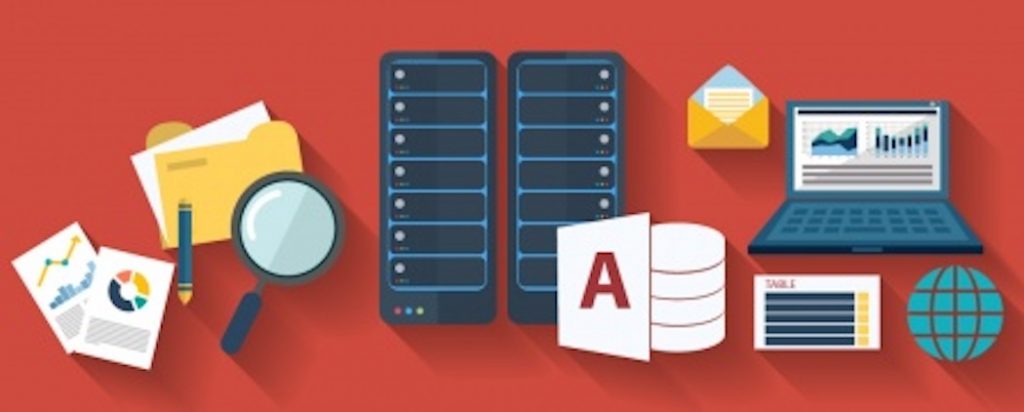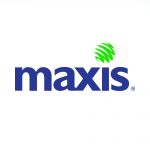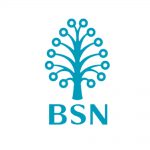What is Microsoft Access Course?

Microsoft Access is in charge of database management. A database is a well-organised and well-structured collection of data. This database will be specially processed in order to produce useful data. As a result, the database requires a data entry in order to process it. Microsoft Access, unlike other database application programmes, makes use of the Microsoft Jet Database Engine.
As a result, this application programme has an intuitive graphic display, making it easier for users to operate.
Microsoft Access, as a data-based application programme, can process data stored in any type of database container that supports the ODBC standard. As a result, this application programme will be able to store data from Microsoft Jet Database Engine, Microsoft SQL Server, Oracle Database, and other databases.
Users will benefit greatly from this application program’s good connectivity with other database application programmes.
How Long is the Microsoft Access Course?
Typically, learning the basics of Microsoft Access requires a minimum of 1 day. At Ted, we specifically designed the certification course to help you with fundamental skills that help your work process become easier and smoother with only 8 hours of training.
Microsoft Access Course Modules
Introduction to Microsoft Access
The introduction chapter of the training module will introduce participants to relational database concepts, Microsoft Access features and components, and how to navigate the application.
Working with Tables
Following that, participants will begin working with tables and learning about data types in the Microsoft Access application. You will also learn how to create a new table, enter data into it, and set up relationships between the tables that you have created.
Forms and Reporting
Learners will be shown how to create new forms and import forms from various databases in the following chapter, Forms and Reporting. Participants will also practise creating columnar and tabular reports, as well as graphical reports and subreports.
Using Queries
In this module, participants will learn how to create a simple select query, how to use parameters and action queries, how to set up a multi-table query, how to create a union query in SQL view, and how to benefit from the query function as a whole.
Setting Field Properties
In this chapter, you’ll learn how to form relationships and maintain referential integrity. Learners will also understand how to edit table structure in Design view, how to control input with masks, and how to set the default value. Learners will also learn how to set validation rules, create lookup fields, and set additional field properties in this module.
Macros & Buttons
Participants will be shown examples of macro usage, embedding macros into buttons, using buttons and wizards, and attaching data macros to tables in Chapter 6 of the Microsoft Access Training module.
Integrating Microsoft Access with Office Suite
Having software that can be integrated with other applications on your desktop will allow you to work more efficiently and effectively. As a result, participants will learn how to export tables to Excel, use an email with Macros, link to data in an Outlook database, and set up labels and mail merge documents in Word in this chapter.
Maintaining the Database
In this chapter, you will learn how to organise the Navigation pane with custom groups, compact and repair the database, and examine database object dependencies. Participants will also learn how to properly document their work, such as printing the database’s blueprint with the Database Documenter and configuring startup options and custom icons.
At Course Completion
Upon successful completion of this course, students will be able to:
- Create a new database
- Create tables and new data types
- Import and enter data
- Set up relationships and primary keys
- Add validation rules
- Sort and filter table data
- Build queries
- Design forms
- Create reports
- Attach macros to buttons and tables
- Work with Excel and Outlook data
- Maintain an Access database
Who Should Attend Microsoft Access Training and Why?

Ted’s Learning Microsoft Access Course is appropriate for corporate workers, students, data and system analysts, private employees, developers, government agencies and SMEs, and those who work with big amounts of data on a daily basis, and want to learn more about making data more manageable.
Why Should You Attend Microsoft Access Training?
- Microsoft Access enables the ability to process all types of data, including numbers and text, and it is used for data collection and sorting.
- All data is stored in one location at the same time, making data more accessible to users at all times.
- Microsoft Access, which is known to be more flexible than Excel, locks the data at the record level so that multiple users can work on the same database file.
- Users will also be able to design functional data templates and data entry forms.
- Microsoft Access has a large data storage capacity because it was designed to deal with database storage and manipulation.
- As the application is specifically designed for large-scale projects and long-term solutions, it emphasises accuracy and efficiency to those working with large amounts of data on a daily basis.
In short, if you need to perform basic database functions on a small scale, an Excel spreadsheet will suffice. However, if you require a more comprehensive, on a larger-scale, utility that can handle large amounts of data and accommodate multiple users at the same time, Microsoft Access is the way to go.
Enrol in TED Learning Microsoft Access Course Now
Microsoft Access is a piece of software that allows you to create a relational database on your computer. The Microsoft Access application includes many intriguing features that facilitate application use and advantages in planning a database that has been integrated with a number of multipurpose features.
FAQs
What is Microsoft Access training, and who should consider taking it?
Microsoft Access training guides learners in handling, organising, and exploring data using a smart database tool. People who track, analyse, or work with data, like students, business workers, or developers, should join the course. This training fits your needs if you want to simplify your data work, save time, and improve better records.
How does Microsoft Access training help with database management and reporting?
This Microsoft Access training teaches how to shape databases, build smart searches, and present data clearly through reports. You’ll link data pieces, set rules, and create useful forms. These skills improve how you organise information, spot patterns, and share insights. You’ll improve accuracy and efficiency with easy-to-use tools.
Before joining this course, do I need prior experience with Microsoft Office tools?
You don’t need prior experience with Microsoft Office before joining. The course starts with the basics and walks you through every step. You can easily follow the lessons if you know how to use a computer. You’ll learn to build tables, set up forms, and explore features—all with clear guidance.
What practical skills can I gain from Microsoft Access training?
You’ll be able to create your own databases, design custom forms, run smart searches, and build reports explaining your data. You’ll also connect Access with other Office tools and control how data gets entered. These skills strengthen your workflow and equip you for daily data tasks.
Is this training suitable for small business owners or non-technical professionals?
Yes, this training suits business owners and professionals who don’t work in tech. It shows you how to manage lists, track information, and prepare reports without needing coding skills. You’ll use intuitive tools to organise customer details, sort data, and enhance productivity—all without external assistance.
Renganathan Palanisamy has extensive experience in both academic and corporate training arena which enables him to incorporate best practices of both training approach to ensure training delivery is effective and relevant. This is further strengthened by his involvement in various technology related collaboration with renowned players in the industry such as Microsoft, IBM and Oracle. During his service as a Programme Leader in KDU College Sdn Bhd, he was responsible for coordination, collaboration and delivery of courses offered by Sun Microsystems in partnership with Guidance View and as Authorized Sun Education Centre, Oracle under its Workforce Development Programme and Microsoft through its MSDN Academic Alliance Programme.
He started off his early days of involvement in IT industry professing strong inclination towards Java technology and the object oriented design and development practices. He was able to share his in-depth knowledge of the technology via several academic courses and workshops he conducted for students and academic staff alike. Later he ventured into database design and development with Oracle and eventually expanded to include Microsoft SQL Server as well as IBM DB2 and IBM Informix.
Currently his main focus is on delivering Data Management and Business Intelligence tracks which is strongly complemented by his exposure to non-Microsoft related technologies. He has strong understanding of .NET technologies and tools. His knowledge is seeked as evident in his presence at premier events such as Microsoft TechEd and his involvement in SQL PASS local group (SPAN). His technical skills coupled with know-how of training delivery techniques have earned him recognition amongst his peers and attendees of his training sessions. His specialty includes the ability to relate concepts derived from various technologies and ability to ensure smooth transition for trainees migrating to different technology. Resourcefulness is his trademark and this helps enhance the training experience of the attendees.
He is a dynamic and versatile individual. He is willing to take up new challenges to learn and has the ability to apply new skills in a short span of time. Other strengths include good time management, analytical skills, ability to present ideas in innovative ways and most importantly, a sense of responsibility.




